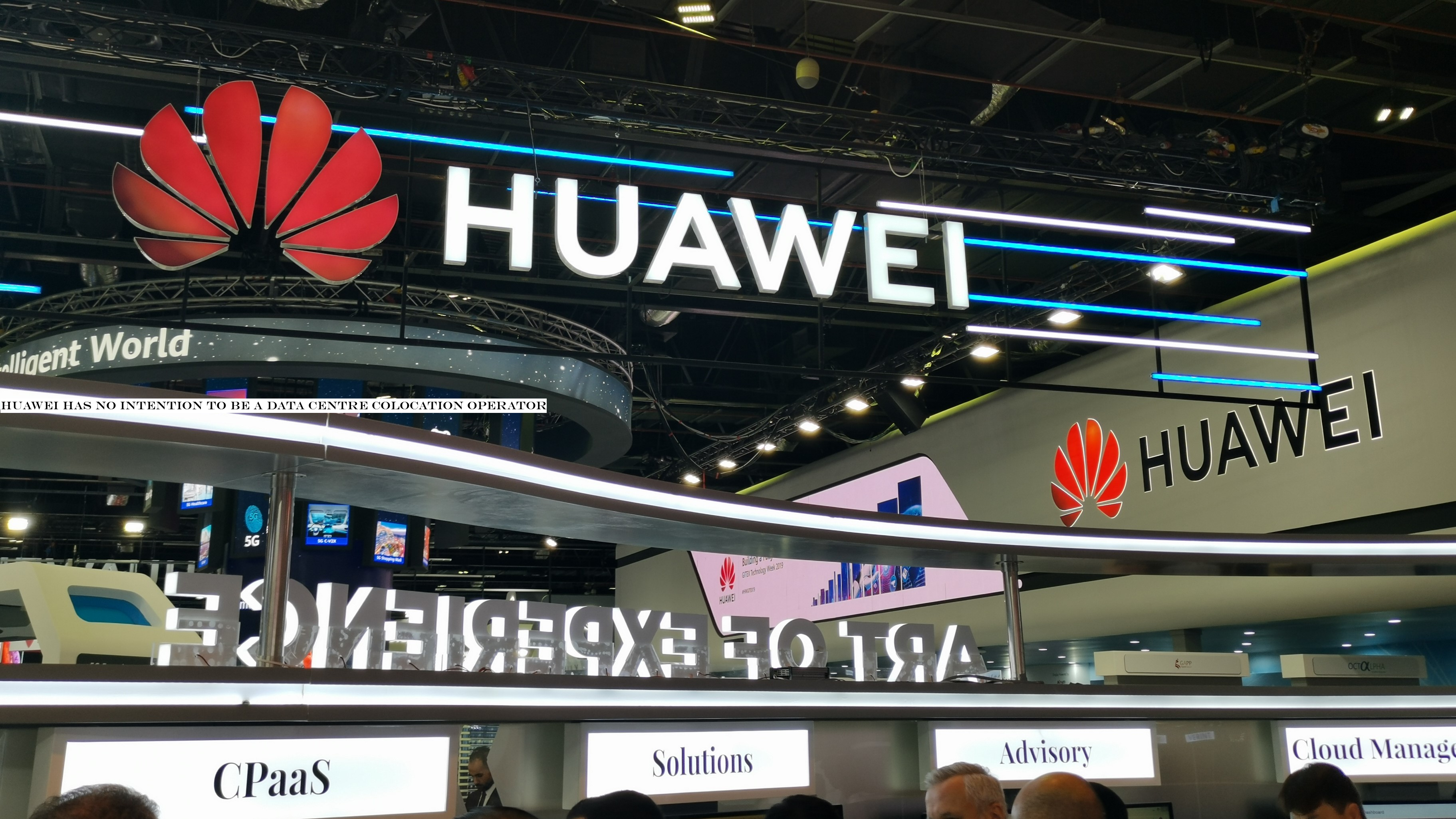
Huawei has no intention to become a data centre (colocation) operator and aims to be a data centre facility technology provider and build data centre facilities for telcos, enterprises and governments globally, a top company official said.If a technology provider also becomes the colocation provider himself, then you are competing with your clients.
I would rather be a technology provider and build them for clients for their internal use or their business as a data centre colocation operators, Sanjay Kumar Sainani, senior vice-president and chief technology officer for global data centre solutions at Huawei Technologies, said in an exclusive to TheIndianSubcontinent Middle East.Huawei in the Middle East region has a combination of its own data centres and leases colocation space, including in Dubai, for its internal use as well as to offer managed services to its clients.Even in China, we lease the space from other providers despite having our own, he said.Huaweis Network Energy business focuses on five offerings - telecom power systems, data centre facility solutions, solar inverters for solar farms, on-board power systems and power conversion systems for electrical vehicles.What are the different layers in a data centre?Data centre facility is layer one of the four layers.
The data centre facility is the necessary infrastructure which includes electrical and cooling infrastructure, backup systems and management platform to host IT infrastructure.In the new digital economy, service providers, namely colocation operators, are offering data centre facility as a service.Second layer is the IT infrastructure layer consisting of compute, storage and network, also known as infrastructure as a service (IaaS) while the third year, which hosts the OS, is known as platform as a service (PaaS) and the fourth layer is the apps and known as software as a service (SaaS).In the new economy, all the layers come together to offer new services such as IaaS, Paas, Saas, etc.Over 30MW capacityFor enterprise businesses, Sainani said that Huawei offers technology and solutions from facility to platform, first three layers.Facility layer is Capex heavy and is very sticky.
It cannot be changed very quickly and people have to be very careful and prudent when investing in facility layer.
Every three to five years, they will be swapping/upgrading their IT but you wont be changing the facility infrastructure every three to five years, he said.Moreover, he said that colocation business is growing at a rapid pace as more enterprises are opting to buy facility as a service rather than owning them.Also various IaaS, PaaS and SaaS providers need facilities to be able to offer their solutions and services.
Colocation does offer a better value proposition in many scenarios, he said.Twenty years ago, IT was a support system but it has now become a production system, he added.The worlds largest network equipment manufacturer and second-largest smartphone manufacturer started building data centres in the Middle East from 2015 and have more than 30MW of data centres already delivered and under construction for around 20 clients in the Gulf Cooperation Council countries (GCC).More and more digitalisation is giving rise to more servers, storage and connectivity.
Consumers have started to consider buying these it as service, he said.Lesser Capex and OpexFor the first time in many decades, Sainani said that multiple technologies are converging at the same time, Cloud, IoT, AI, big data 5G and AI, and this is creating a very unique environment where almost any idea to be converted into an application.Most data centres built in the last decade are either being maxed out or obsolete and this is bringing new challenges for our clients.
New applications are demanding data centre facilities in all forms and sizes, from edge data centres hosted in closer proximity to the users to the larger cloud data centres, he said.With the current economic scenario, he said that the expectation is to make data centre facility with lesser Capex and available in a short time but the aim is to lower Opex by ensuring high electrical and operational efficiency and most importantly build it to allow for easy changes/alterations.Huawei is building future-proof data centres that are modular and thus scalable, highly efficient using a combination of efficient power conversion and cooling systems coupled with the use of AI to optimise energy consumption through the life-cycle.
Data centres can be built with reduced TTM (time to market) using modular and prefabricated construction, he said.

 14
14







